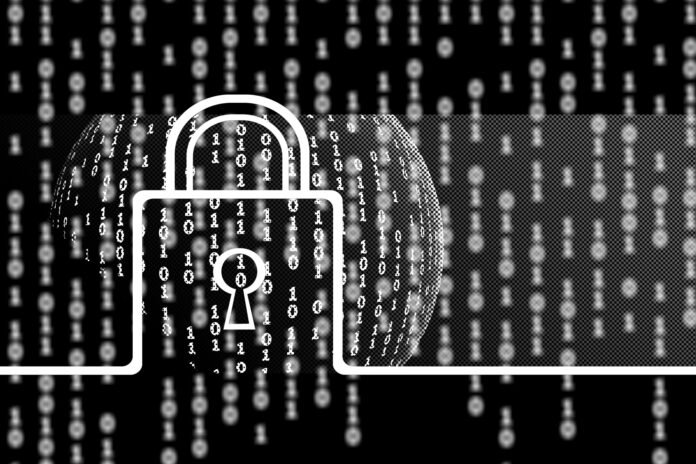What happens to your data when it’s encrypted?
As more and more of our information becomes digitized, it’s more important than ever that we understand how to keep our information safe. Encrypting is one of the most effective ways to protect your personal data.
Encryption is also one of the only things that protect your data if it falls into the wrong hands. But what is encrypted data, how does it work, and how safe is it?
Read on to learn more.
What is Encryption, and How Does It Protect Data?
Encryption transforms data or information into a different form, ciphertext, using a secret key. Encrypted data is, therefore, safe, meaning only those with the private key can view the data in its original form. Data is secured as encryption algorithms make it difficult to decode messages without knowing the secret key.
Encrypted data ensures that confidential data remains confidential and secure. It prevents data theft and unauthorized access by hiding its contents. The encryption algorithms make it difficult to decrypt the data without the secret key.
Ultimately, encrypted data is very safe, especially when the encryption algorithms are of a high standard. The secret key is not shared or compromised. If you are looking for online security that prevents, detects, and remediates malicious activity in your business data, consider mdr.
Key Considerations
The key considerations are the type of encryption used and the strength of the encryption. You can manage the encryption keys securely.
The type of encryption should be the strongest available. The encryption keys should be managed securely on an independent device. Access to the data should have a limit to authorized personnel.
The keys should be stored securely, not connected to the internet. It is essential to update the encryption keys regularly. It is to monitor for any unauthorized access to the data.
Evaluating the Risk
If encryption key management is substandard, the data could become compromised. Data can be decrypted without the user’s knowledge if the encryption is not correctly implemented. Users must verify the other party’s identity with public-key cryptography for effective encryption.
Additionally, the risk of unauthorized access must be considered when encrypted data is stored. For encrypted data to remain safe, organizations must assess their risk levels. They should develop a strategy to protect them.
This includes using strong encryption standards, vigilant key management strategies, and monitoring the system for potential threats. Taking the time to assess the risk behind encrypted data can maintain its safety.
Limitations and Challenges
Encryption can be limited or challenged in various ways. For instance, secure passwords and encryption keys can be guessed or hacked. Even when encryption is applied, attackers can use other methods.
Encrypted data can also be vulnerable to insider threats. It is where unauthorized personnel or malicious insiders access confidential information stored on a secure system. They should keep track of the latest security trends and apply robust security measures alongside encryption.
Understanding the Encrypted Data
Storing data in an encrypted form is a secure solution for protecting sensitive information. As long as the encryption is implemented correctly and the key is appropriately managed, encrypted data is safe from unauthorized access. Contact a technology expert today to learn more about encryption and how to use it to protect your data.
Did you find this article interesting? Be sure to visit our blog.













